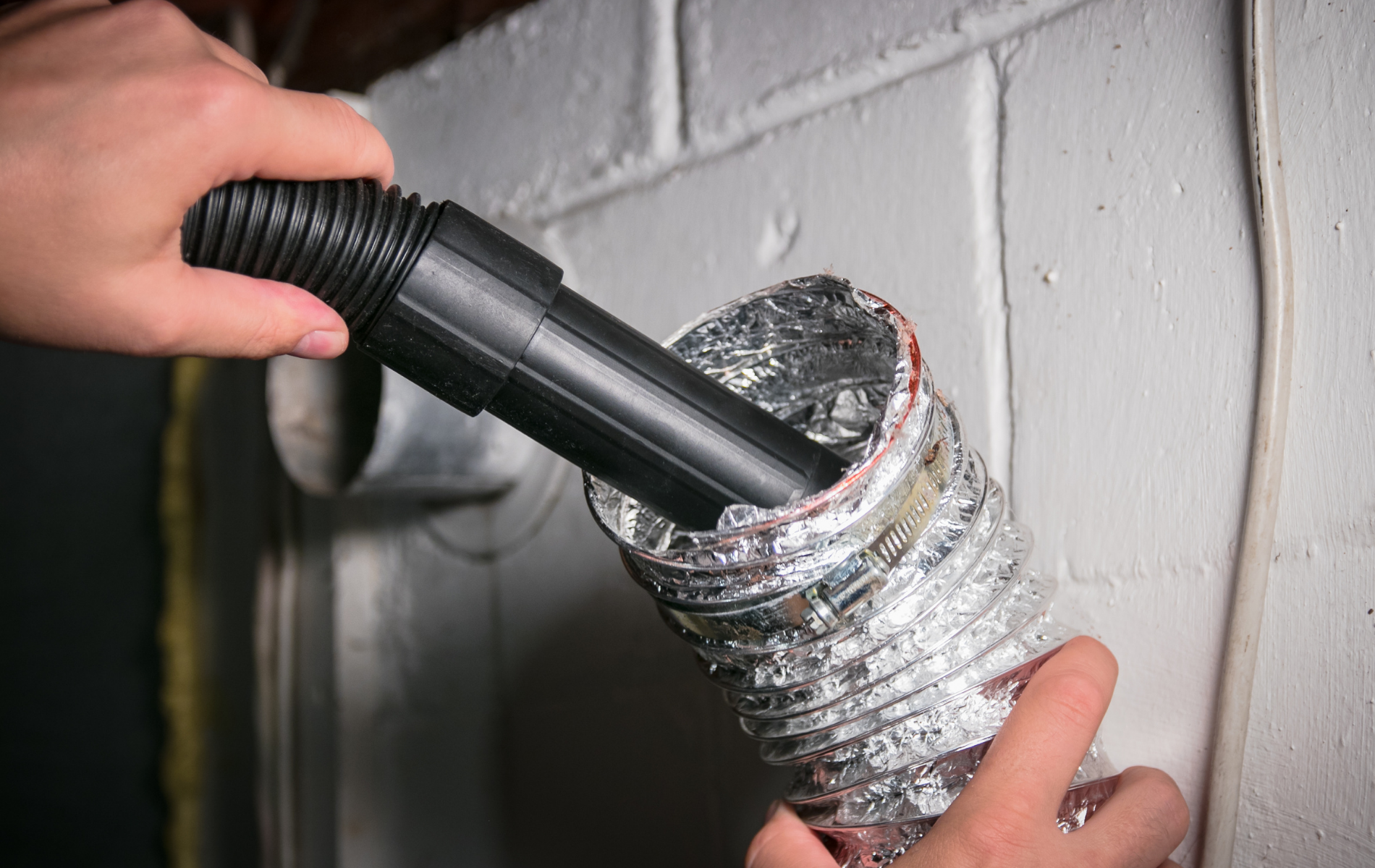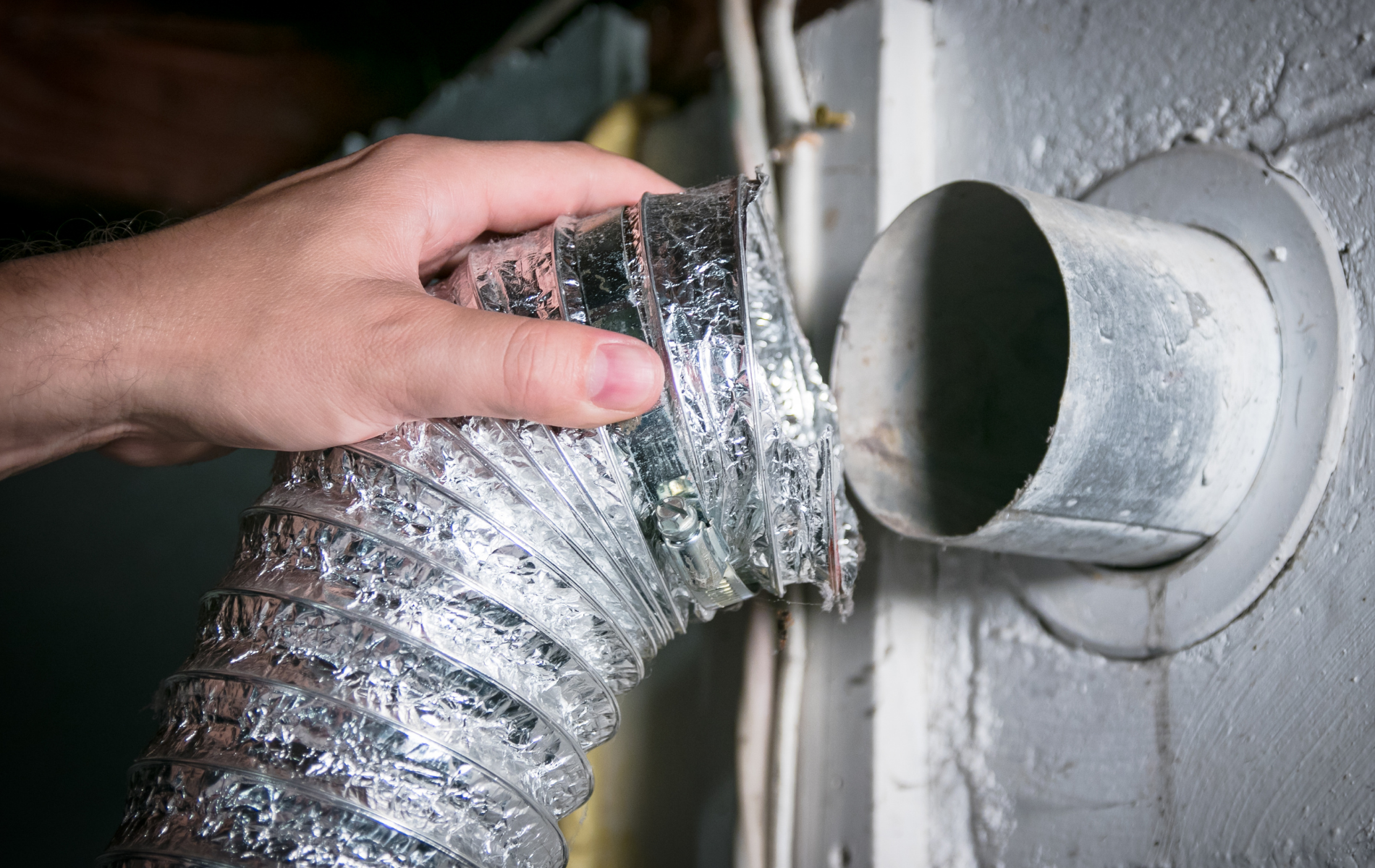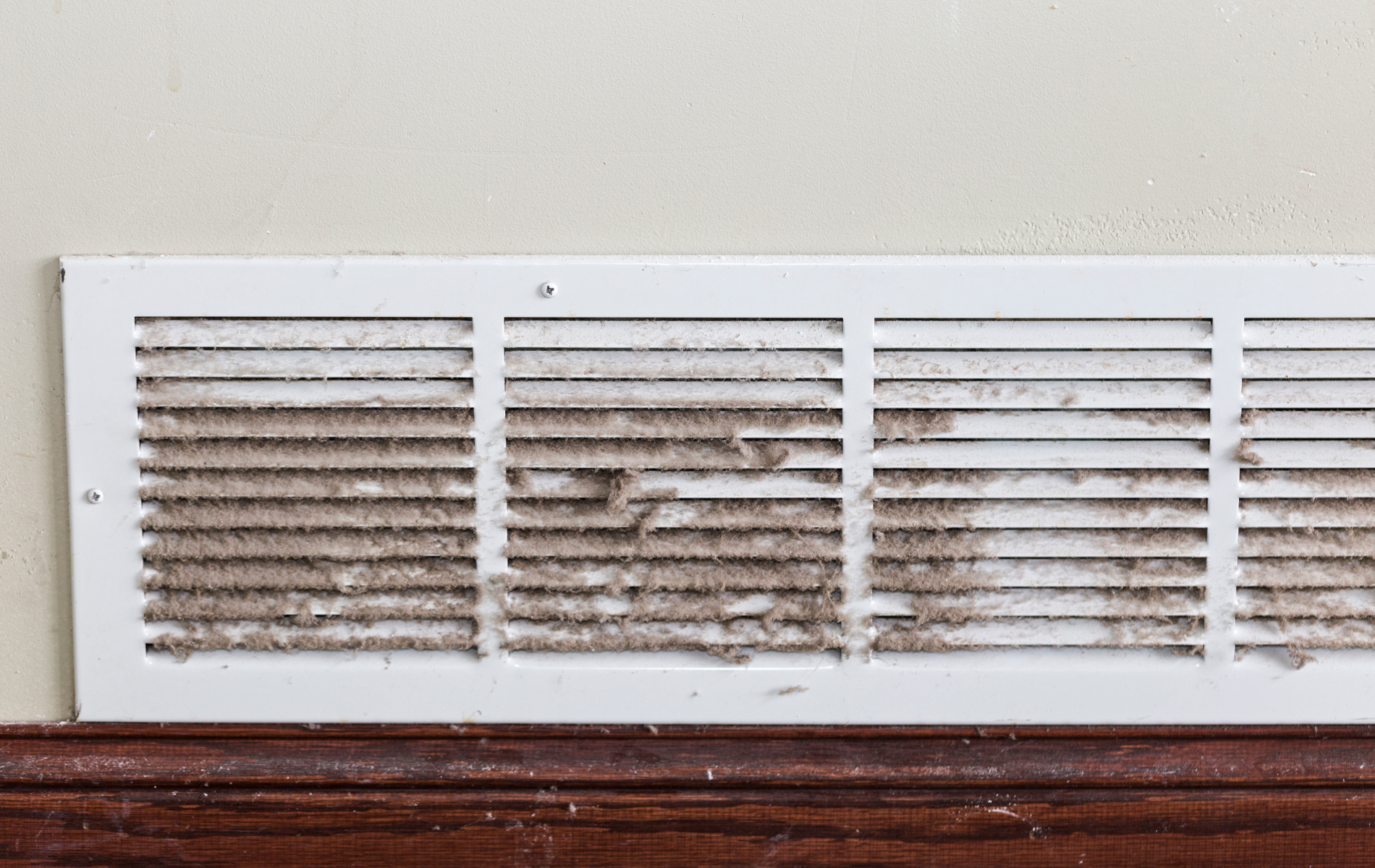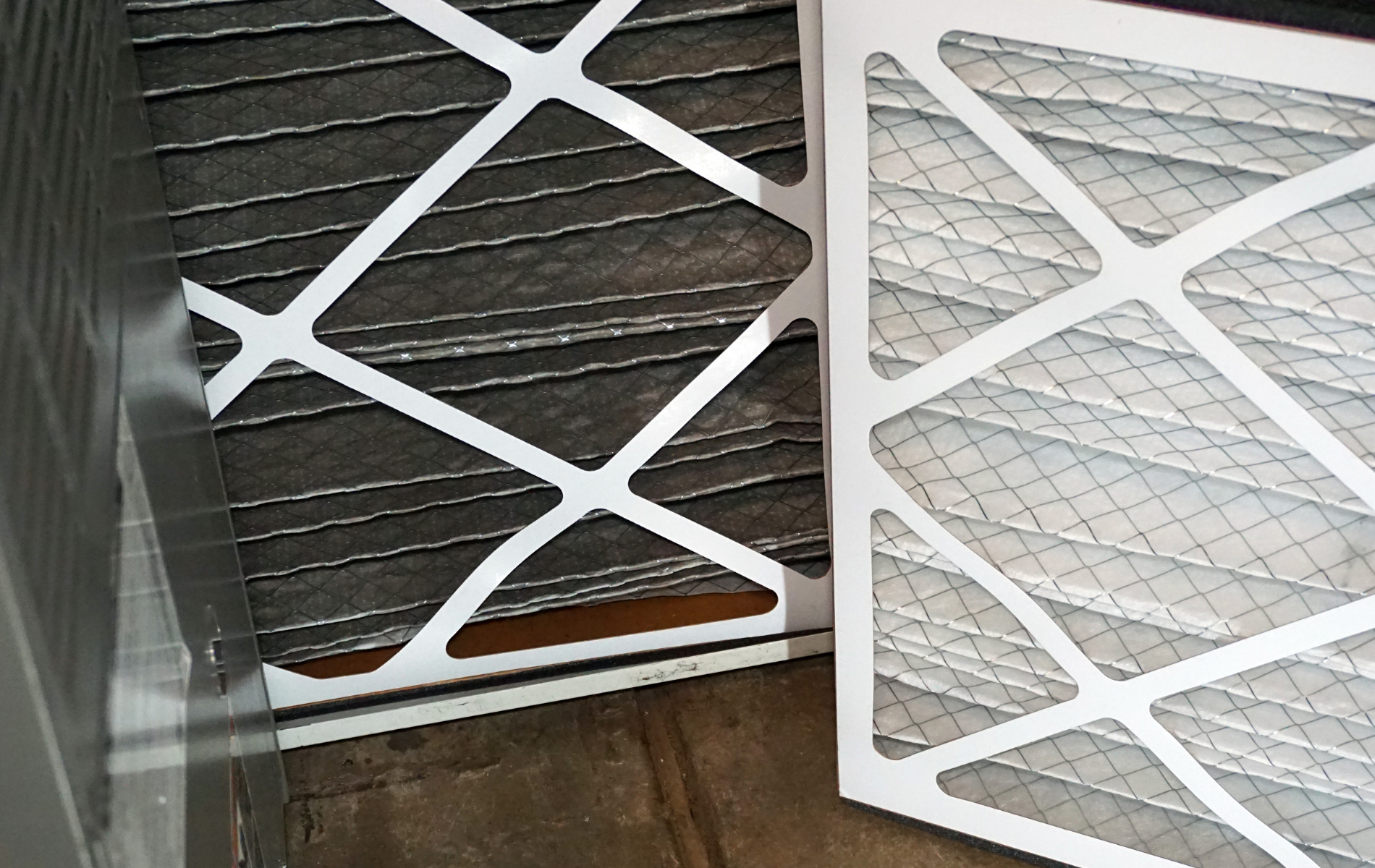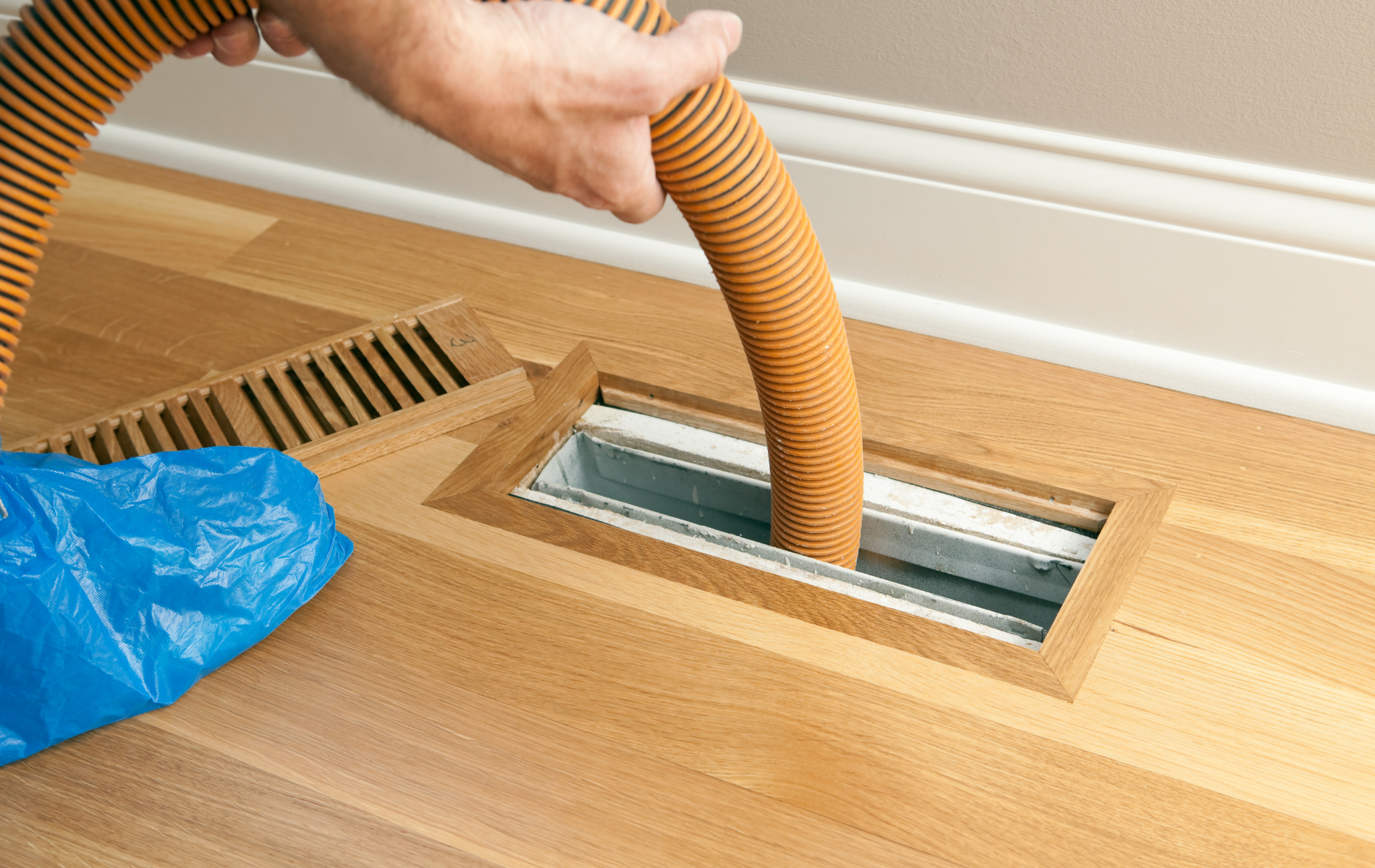Do Heat Pumps work in Stony Plain, Alberta?
Heat Pumps: Do they Work in Stony Plain?
If you've lived in Alberta for any length of time, you're no stranger to cold. Not just chilly, grab-a-sweater cold, but that deep freeze, park-your-car-inside-if-you-can, “feels like minus 40” kind of cold. So when people hear about heat pumps as a home heating option, the first question that usually comes up is, “Do those things even work here?”
It’s a fair question. For decades, heat pumps were seen as a good fit for mild climates in places like Vancouver or southern Ontario, where winter usually means a few centimeters of snow and the odd cold snap. But Alberta? We get weeks of bone-chilling cold, and depending on where you live, whether it’s Edmonton, Calgary, or out in a rural area like Drayton Valley or Cold Lake, those temperatures can plunge and stay low for a long time. So the idea of using a heat pump to keep your home warm sounds, well, a little questionable at first glance. But let’s unpack that. Because thanks to some major leaps in technology over the past few years, the answer isn’t as straightforward as it once was.
Understanding How Heat Pumps Actually Work
Before we dive into whether they’re a good fit for Alberta, it’s helpful to understand what a heat pump actually does. A heat pump is essentially a two-way HVAC system that can both heat and cool your home. In the summer, it works like an air conditioner, pulling heat out of your home and sending it outside. In the winter, it does the opposite, pulling heat from the outside air and transferring it inside.
Now, you might be thinking, “How can it pull heat from cold air? Especially when it’s -30°C outside?” That’s where technology comes into play. Modern cold-climate heat pumps, especially the newer variable-speed models, are designed to operate efficiently even when the mercury drops well below zero. Some models on the market today are rated to work in temperatures as low as -25°C or even colder, depending on the brand and setup.
That’s a big shift from where the technology was just a decade ago. Back then, most heat pumps struggled once temperatures got below freezing, which made them a hard sell in places like Red Deer or Grande Prairie. But manufacturers have caught on to the demand for systems that can handle real winters, and they’ve responded with better compressors, smarter controls, and improved refrigerants that make cold-weather operation possible.
Do Heat Pumps Actually Work in Alberta Winters?
So, here’s the million-dollar question: do they really work here? The answer is yes, under the right conditions. If you’re in a milder part of Alberta, like Lethbridge or Medicine Hat, where winter temperatures don’t dip as drastically as they do up north, you can probably rely on a cold-climate heat pump for most of your heating needs. In fact, with the right insulation and a well-sized unit, you might not need a backup heat source at all.
But for places like Edmonton, Spruce Grove, or even further north like Peace River, it’s a slightly different story. During those deep winter cold snaps, even the best cold-climate heat pump may struggle to keep up on its own. That’s why many Alberta homeowners who install heat pumps choose a hybrid system, a system that combines the heat pump with a high-efficiency gas furnace or electric backup.
This way, the heat pump does the heavy lifting during the milder shoulder seasons, like October or March, and the furnace kicks in during those extra cold January nights when temperatures nosedive. It’s kind of like having a winter jacket and a heavy parka, you use the jacket most of the time, but when the wind chill hits -40°C, you’re glad you’ve got the extra insulation.
What About Efficiency and Cost Savings?
Another big question people ask is whether heat pumps are actually cost-effective here. And the answer depends on how you use them and what your current heating system looks like. Electricity in Alberta isn’t always cheap, and natural gas is still one of the most affordable heating options around. But heat pumps are extremely efficient. A well-installed cold-climate heat pump can operate at 200–300% efficiency, meaning for every unit of electricity it consumes, it delivers two to three units of heat. Compare that to a high-efficiency gas furnace, which maxes out around 95%, and you start to see where the savings can come in, especially during the shoulder seasons when the pump can carry the load entirely.
If you’re switching from electric baseboard heating or an older, less efficient gas furnace, the savings can be even more dramatic. And as energy prices fluctuate, especially with the province’s ongoing conversations around renewables and electricity generation, having a dual-fuel system can offer some added stability and flexibility.
Cooling is a Bonus
Let’s not forget that heat pumps also provide cooling in the summer. That’s becoming more and more relevant across Alberta as our summers get hotter. Calgary broke multiple heat records in recent years, and Edmonton’s summers are starting to feel a lot less like “brief warm spells” and more like actual summer. A heat pump offers central air conditioning without needing a separate AC unit, which can be a huge plus, especially in newer homes or upgraded infills.
For folks in places like Sherwood Park or St. Albert who are already thinking about installing air conditioning, going the heat pump route might make more sense, especially if you’re due for a furnace replacement in the near future. It’s a chance to kill two birds with one stone: cool in the summer, heat in the winter, all from one system.
Installation and Maintenance Considerations
Of course, none of this works if the heat pump isn’t installed properly. Alberta homes are built to handle our winters, but the HVAC system needs to be designed with our climate in mind. That means working with contractors who understand how to size a heat pump for variable conditions, how to integrate it with a furnace, and how to configure the controls so that the system switches seamlessly between the pump and the backup heat.
It also means thinking about your insulation and air sealing. A heat pump can only do so much if your home is drafty or poorly insulated. Investing in attic insulation, better windows, or sealing up air leaks can dramatically improve your heat pump’s performance, and your comfort. Regular maintenance is also key. Just like a furnace or an air conditioner, a heat pump needs routine servicing to keep it running at peak efficiency. That means cleaning filters, checking refrigerant levels, and ensuring the outdoor unit is clear of snow and debris during the winter.
Are Heat Pumps the Future in Alberta?
There’s no doubt that the energy landscape in Alberta is changing. With ongoing discussions about reducing greenhouse gas emissions and transitioning to more sustainable energy sources, the heat pump has found its way into the spotlight. Federal and provincial rebates have also made these systems more accessible, with programs that can help cover part of the cost for eligible homeowners.
But beyond policy and incentives, there’s a growing awareness that comfort, efficiency, and long-term savings matter, especially when you live in a place where heating isn’t optional. Whether you’re in a city like Calgary or a rural community like Rocky Mountain House, a heat pump can be part of the solution. It may not replace your furnace entirely, but it can reduce your reliance on fossil fuels, lower your energy bills, and keep your home comfortable year-round.
So, do heat pumps work in Stony Plain, Alberta?
Absolutely. But like most things, success depends on planning, the right equipment, and making sure the system is designed for the climate we live in. If you're building a new home or looking to upgrade your current HVAC system, it’s definitely worth having a conversation with a local professional who understands Alberta’s unique conditions. After all, heating your home in Alberta is serious business. And it’s nice to know that, finally, there’s a new tool in the toolbox that actually fits the job.
Enjoy Your Read? Share This Post!
